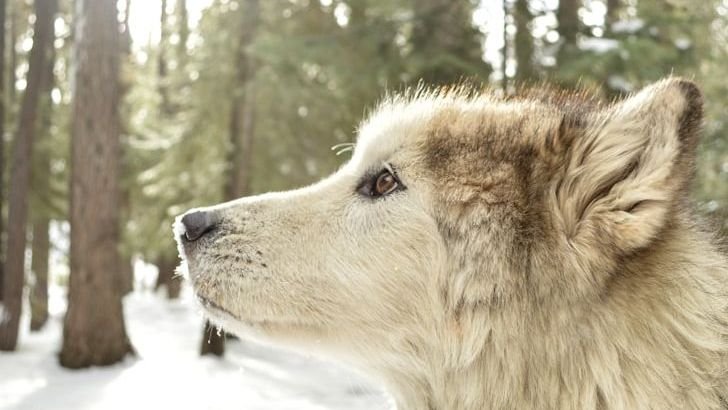Autumn sweeps down the spine of the Rockies with a hush that isn’t empty – it’s expectant. After decades of absence, headline predators are padding back into old ranges, forcing hard questions about how we share wild space. The debate isn’t new, but the data are changing fast, from fresh paw prints in high-country snow to GPS pings that map secret lives. Scientists, ranchers, and park visitors are watching the same story unfold from different angles, each with something at stake. The mystery isn’t simply whether wolves, grizzlies, and wolverines are back – it’s whether we’re ready for what their return means.
The Hidden Clues
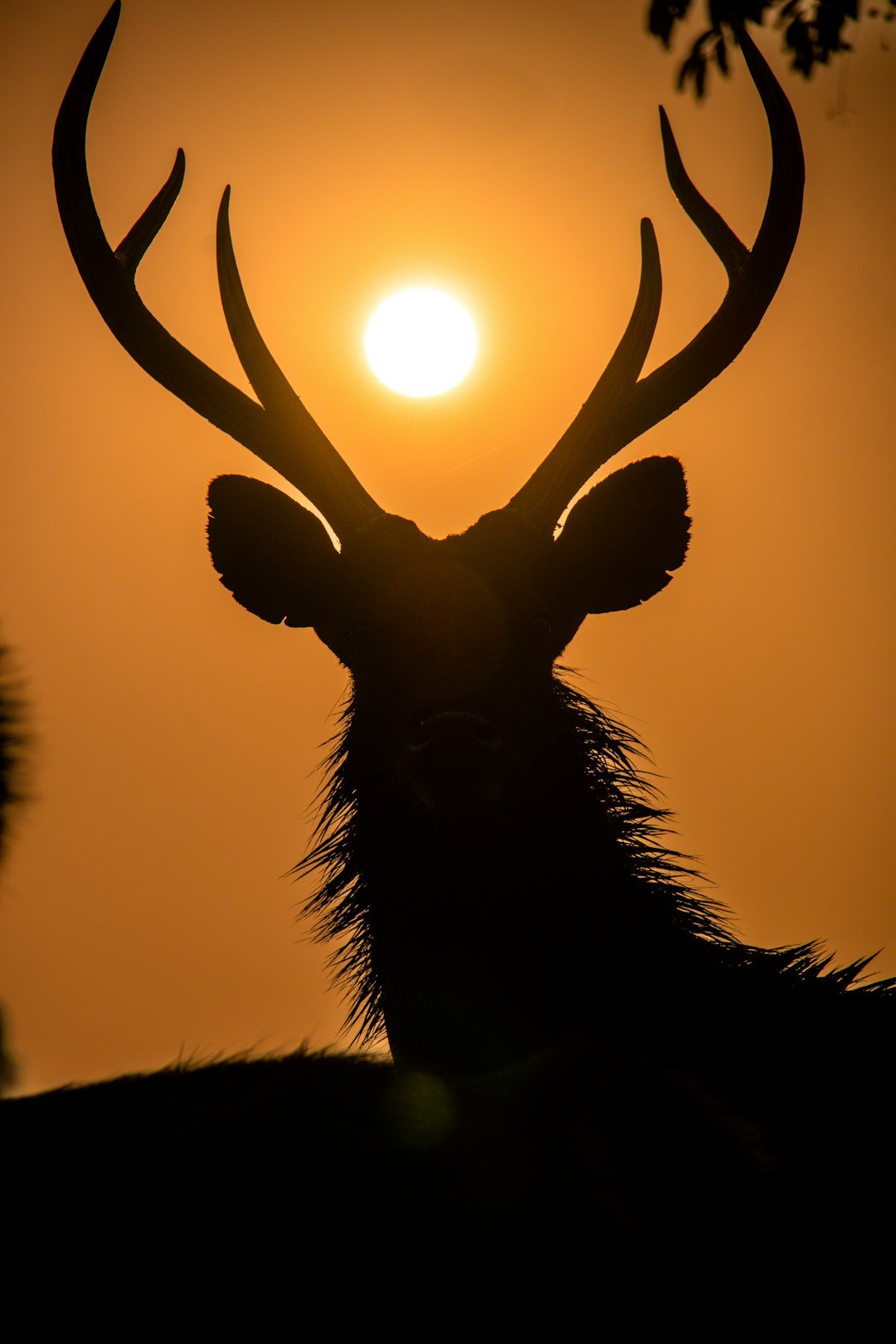
What if the first sign of recovery isn’t a photo, but a silence that suddenly stops – elk that no longer linger in open meadows? Biologists read those quiet moments as signals, stitched together with scat DNA, hair snares, and track casts. Even before most people glimpse a predator, movement changes ripple through deer herds, beaver colonies, and songbirds. I felt that shift one dawn on a gravel road in southwestern Montana when a herd of elk bunched tight and slipped into timber, like a curtain closing mid-scene. You don’t always see the predator; you see the world rearrange itself around one.
These hidden clues matter because they add up to evidence stronger than any single sighting. Remote cameras capture flank stripes and tail kinks that identify individuals, while snow-tracking reveals where carnivores test ridgelines. In dry years, claw marks on aspens last longer, telling their own timeline. Layer enough of these threads, and a comeback stops being rumor and starts to read like a pattern.
From Ancient Tools to Modern Science
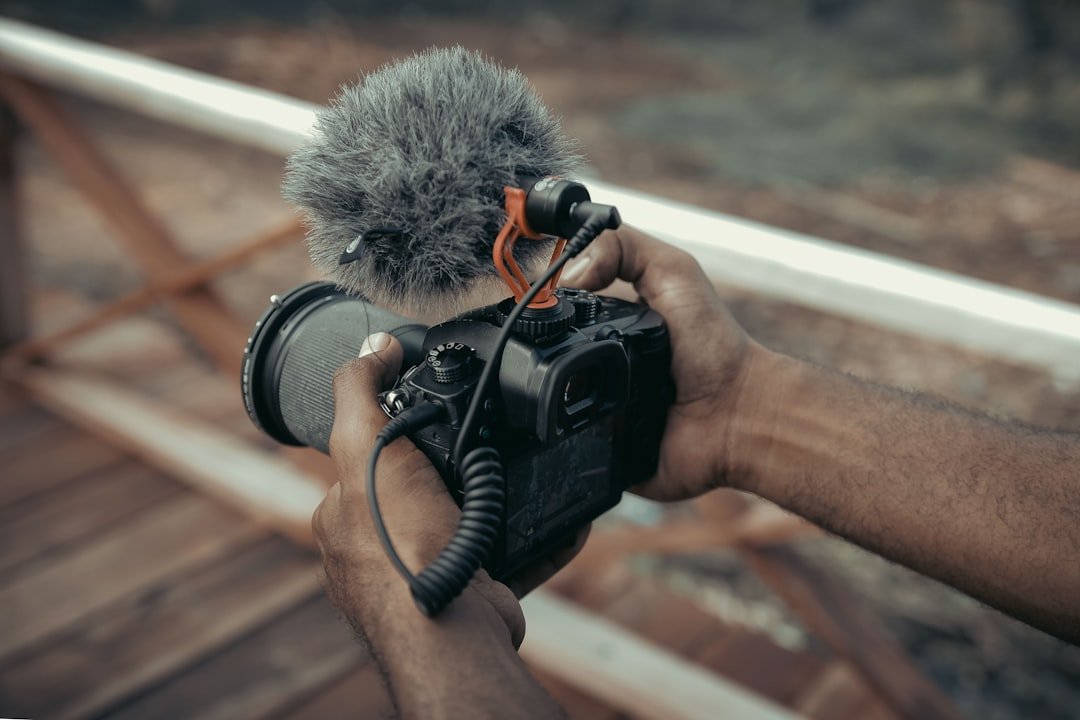
Predator science in the Rockies once leaned on plaster casts and field notebooks; today it’s a mosaic of satellites, bioacoustics, and statistical models. GPS collars stream locations every few hours, tracing loops between den sites, calving grounds, and kill sites. Lightweight ear tags transmit quietly, allowing researchers to follow dispersing juveniles as they test new valleys. Lab technicians work through swabs and hairs, extracting DNA that reveals family ties and unexpected gene flow between distant ranges. The result is a living family tree mapped onto real landscapes.
New tools don’t replace boots on the ground – they sharpen them. Field biologists still glass ridgelines at dawn and log prey remains, but now those notes sync with cloud dashboards that alert teams to unusual movements. Drones with thermal imaging help find den cavities without barging in. Combined, these methods cut guesswork, shorten response times during conflicts, and build confidence when agencies set management goals.
The Comeback Stories
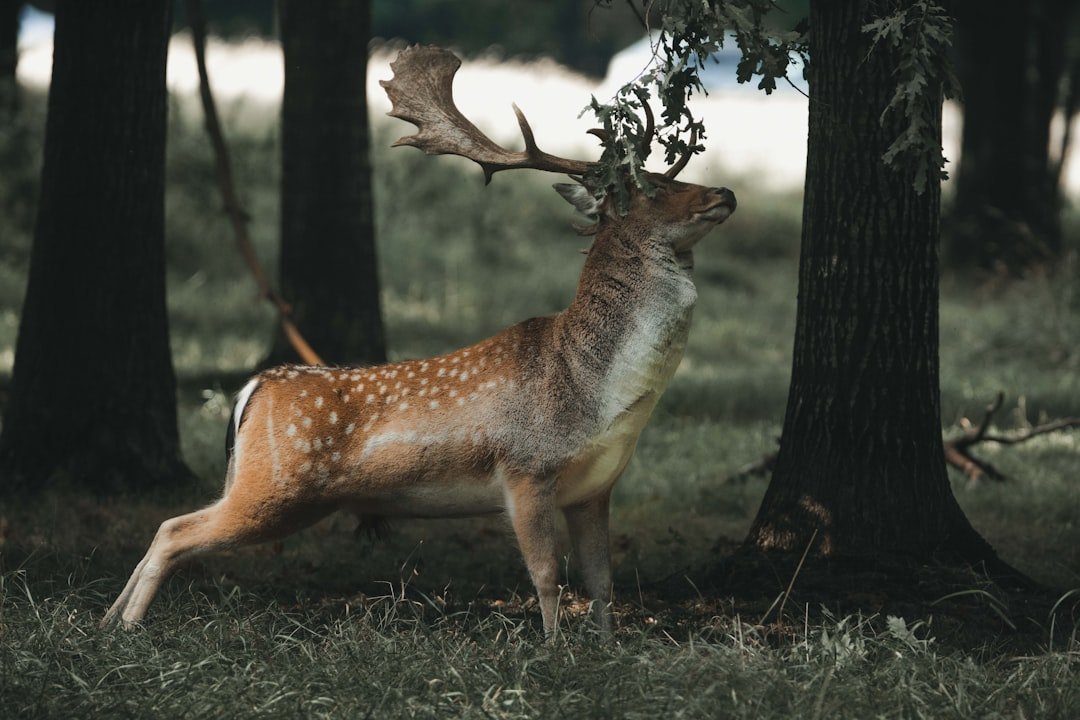
Wolves, once eradicated from most of the West, have pressed outward from strongholds and, in some places, been intentionally restored. That push-and-plant strategy is delicate, riding on public trust as much as biology. In several high basins, packs are holding territories where none existed for generations, and biologists are seeing the telltale signs of stability: pups surviving their first winter and returning to the same rendezvous sites. Predation patterns show elk and deer shifting where and when they graze, a slow choreography that spreads browsing pressure more evenly. It’s not a fairy tale; it’s a cautious foothold.
Grizzly bears have also rebounded in core ecosystems, with expanding fringes that test the seams between wildland and working lands. In years when berries fail at lower elevations, bears push into agricultural edges and orchards, raising the stakes for rapid conflict response. Meanwhile, wolverines – mountain ghosts – are turning up at remote bait stations and high-saddle cameras where deep spring snow still lingers. Each species writes a different recovery plot, but all share the same closing line: their future hinges on space, tolerance, and connectivity.
Why It Matters
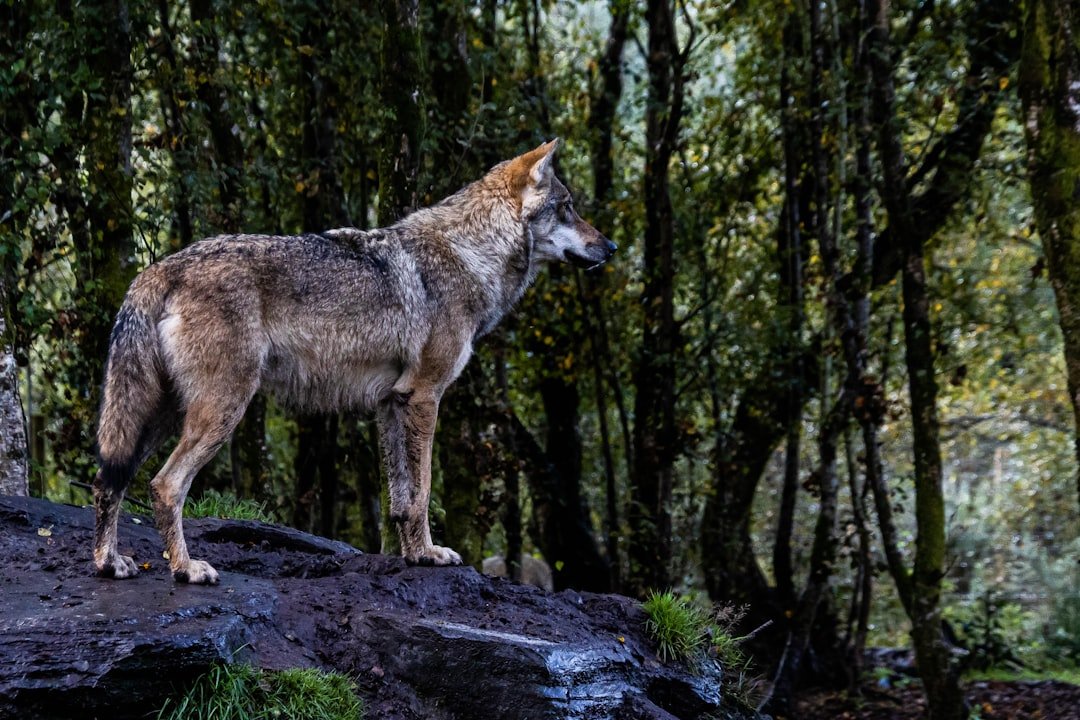
Predator recovery is not a trophy case – it’s an ecological safety net. Large carnivores can nudge prey to move more, browse less, and avoid sensitive habitats at key times, which helps willows, aspens, and riparian zones rebound. Healthier stream banks hold cooler water, good news for native trout that struggle when summers run hot. Carcasses feed scavengers from ravens to beetles, spreading nutrients in a way no human cleanup crew can replicate. These are not miracles; they are mechanics, and they’ve been missing in many places for too long.
There’s also a cultural and scientific dividend. When predators return, they pressure us to update playbooks built for simpler food webs. Old assumptions – about how many elk a valley can support, or how to time a grazing rotation – start to wobble. Comparing the newer, predator-present systems to older, predator-absent baselines helps researchers untangle cause and effect, revealing which changes come from climate, human use, or predator dynamics. That clarity improves decisions, from hunting quotas to trail planning, making “why it matters” feel less abstract and more day-to-day.
Climate and Corridors
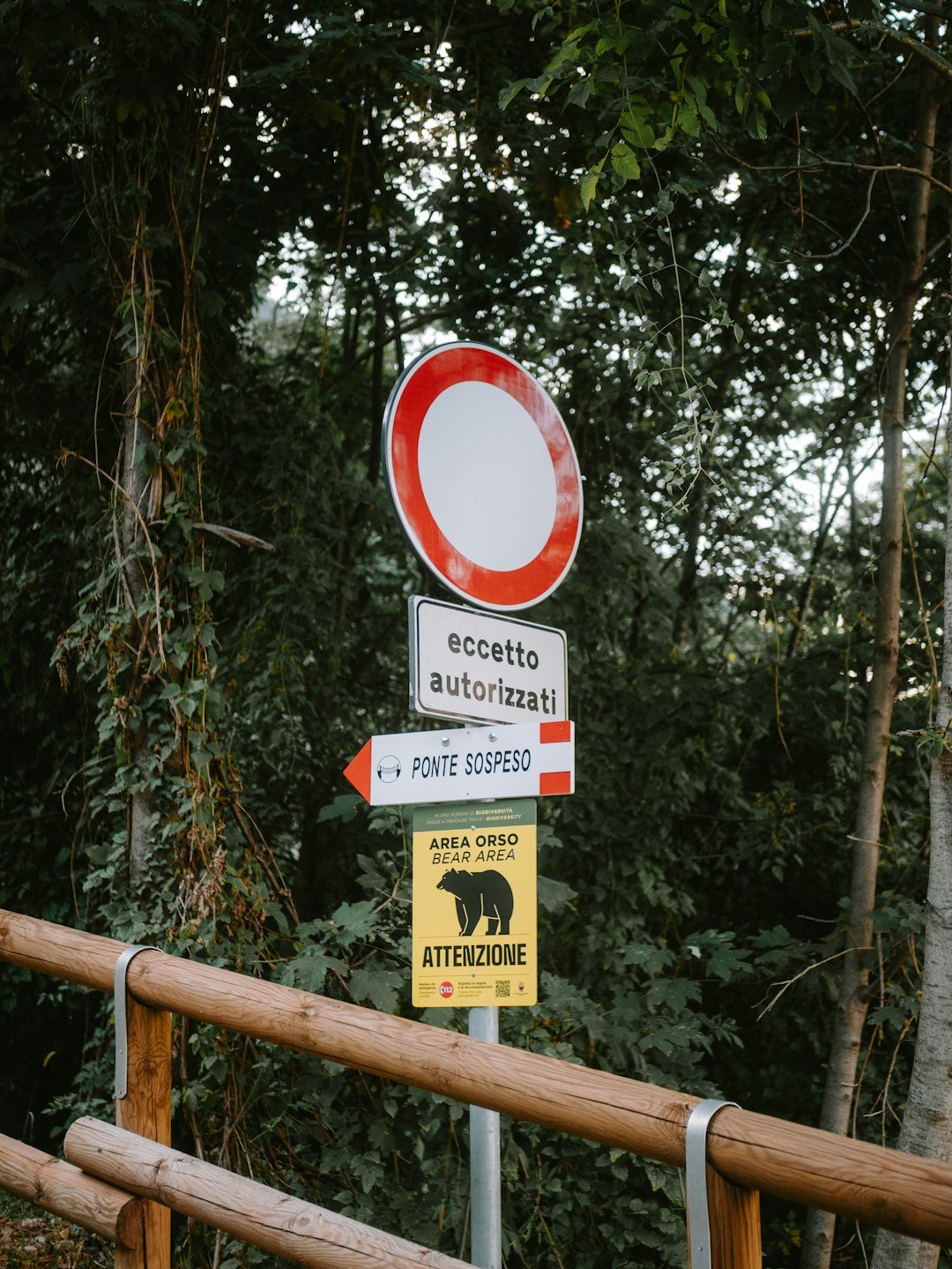
Recovery in 2025 isn’t happening on yesterday’s stage; snow is patchier, summers run longer, and droughts bite harder. Carnivores that depend on spring snowpack for denning or travel – wolverines especially – need cold refuges stitched together like stepping-stones. Grizzlies chase green-up upslope as heat arrives earlier, and wolves adjust den timing to match shifting prey patterns. Climate is handwriting on the map, and predators are reading it with their feet. If we want comebacks to stick, we have to keep the path legible.
Wildlife corridors are the translation key. Fenceless stretches, highway crossings, and intact riparian strands let animals move when weather whiplashes a valley. Simple changes help, like modifying fence bottoms so calves can pass without tangling or adjusting traffic speeds where animals frequently cross at dawn. Add in targeted land conservation near bottlenecks, and you turn isolated patches into a connected system that can flex with a warming world.
Global Perspectives
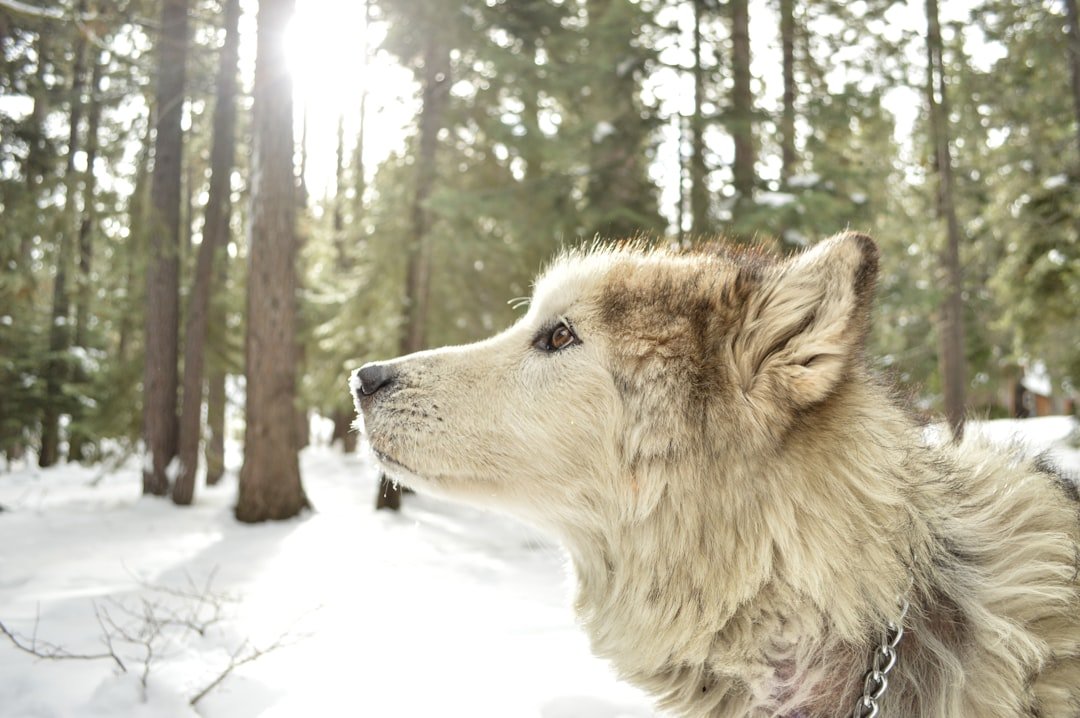
What’s happening in the Rockies sits in a larger trend: countries that tolerate large carnivores see surprising recoveries. In parts of Europe, wolves and lynx have reclaimed farm-and-forest mosaics without large wilderness blocks, thanks to legal protections and adaptable prey. Those gains aren’t friction-free, but they show that modern landscapes – messy, lived-in, busy – can still host apex predators. The Rockies have bigger backdrops and deeper backcountry, which should be an advantage if we plan with intent. Lessons travel well when we’re willing to learn them.
Three takeaways echo across borders: stable prey, predictable rules, and fast conflict response. Where residents know what happens after a depredation, trust holds. Where compensation is timely and prevention comes first, tempers cool. And where public land managers coordinate across fences and state lines, dispersing animals aren’t stranded by paperwork. The Rockies can borrow that tested recipe and refine it to fit mountain towns and ranch valleys.
The Future Landscape
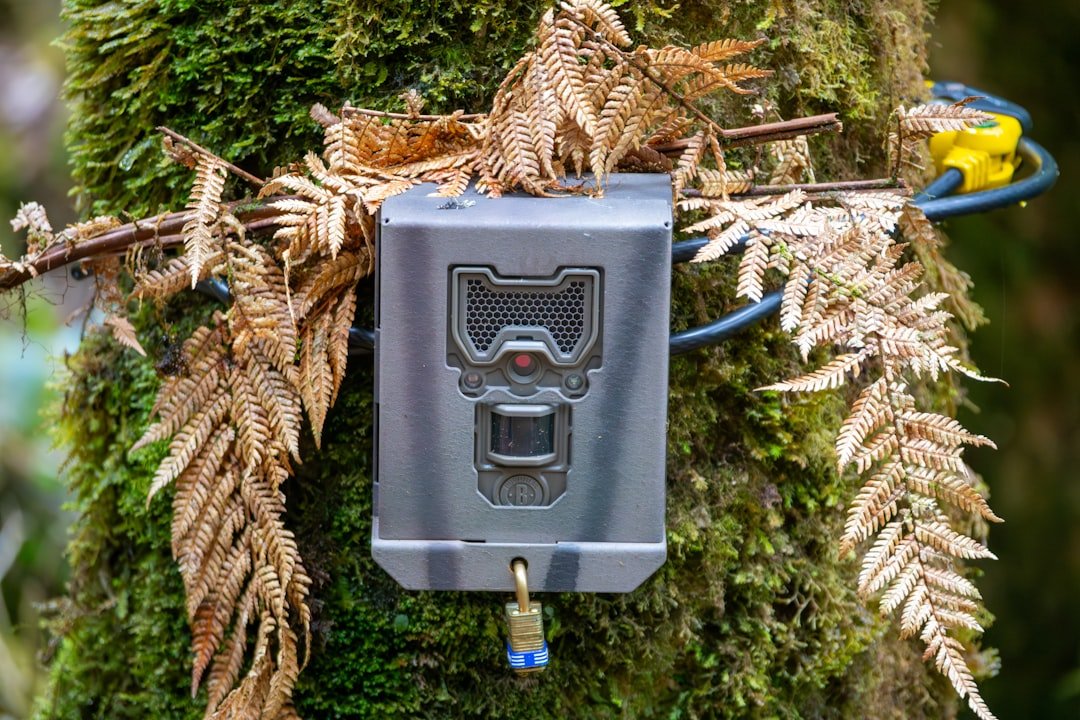
Emerging tech is about to make predator coexistence a little less reactive. Smart ear tags on cattle ping phones when a herd bunches, a red flag for nearby carnivores. Portable fladry that lights up at night, reinforced with sound cues, buys crucial hours during calving season. In the backcountry, lighter GPS collars and longer-lived batteries will shrink “blind spots” in movement data. Combined with machine-learning models that forecast risk by hour and weather, managers can act before problems snowball.
Challenges remain stubborn. Lawsuits will shape what states can or can’t do, and shifting federal status for certain species will keep agencies rewriting protocols. Funding needs to reach the places where tools meet hooves: small operations, school districts near trailheads, volunteer carnivore response teams. Globally, the Rockies’ choices will echo, offering a case study in how a wealthy region balances ecology and economy under climate stress. If the future looks like a mountain switchback, at least we can see the next turn.
How You Can Help
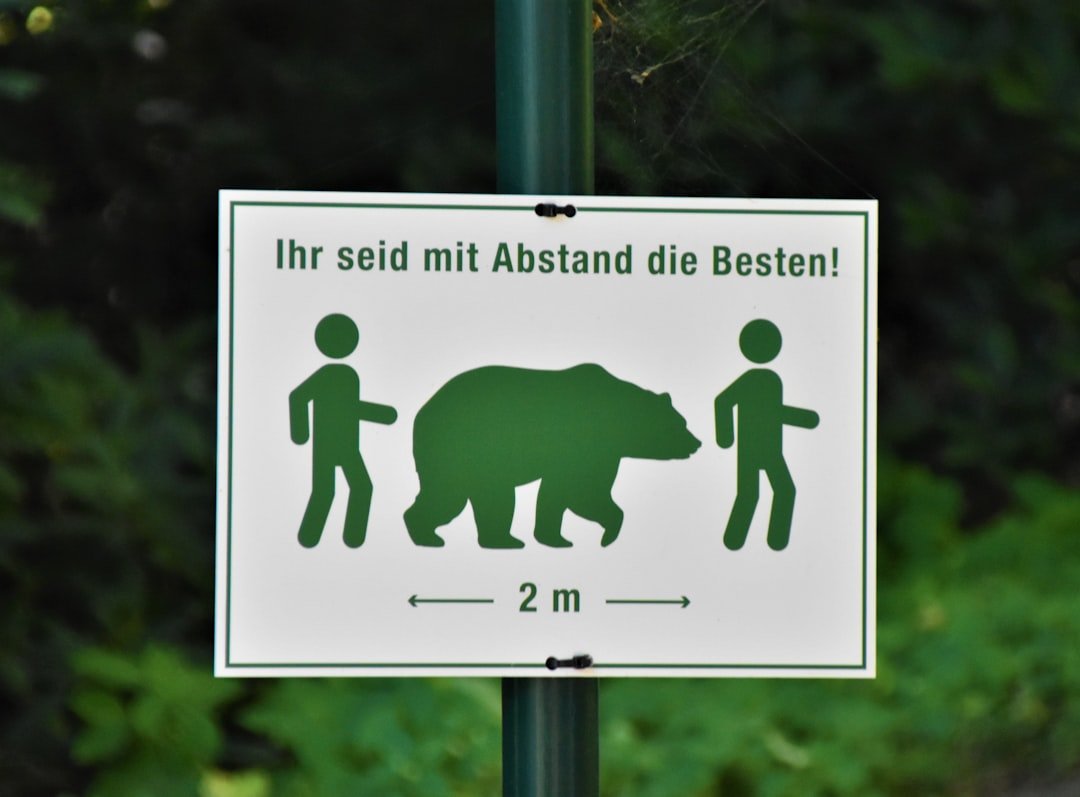
Coexistence sounds grand, but it starts with small, doable steps. If you hike or bike, learn seasonal advisories and leash rules, and carry deterrents where recommended. If you live in carnivore country, secure attractants – garbage, pet food, bird feeders – and support bear-safe infrastructure in parks and towns. If you ranch or run a rural property, explore nonlethal tools that fit your operation: range riders during calving, portable electric netting, or nighttime lights that move unpredictably. Each choice lowers the odds that a headline species becomes a headline problem.
You can also back the science that makes good decisions possible. Donate to local coexistence funds, volunteer for community monitoring projects, and attend county meetings where corridor plans and road-crossing upgrades are decided. Pay attention to how compensation programs work and speak up for timely, fair systems that keep neighbors onboard. Recovery won’t be settled in one vote or one season, but steady, practical support from residents is the thread that holds the whole fabric together.

Suhail Ahmed is a passionate digital professional and nature enthusiast with over 8 years of experience in content strategy, SEO, web development, and digital operations. Alongside his freelance journey, Suhail actively contributes to nature and wildlife platforms like Discover Wildlife, where he channels his curiosity for the planet into engaging, educational storytelling.
With a strong background in managing digital ecosystems — from ecommerce stores and WordPress websites to social media and automation — Suhail merges technical precision with creative insight. His content reflects a rare balance: SEO-friendly yet deeply human, data-informed yet emotionally resonant.
Driven by a love for discovery and storytelling, Suhail believes in using digital platforms to amplify causes that matter — especially those protecting Earth’s biodiversity and inspiring sustainable living. Whether he’s managing online projects or crafting wildlife content, his goal remains the same: to inform, inspire, and leave a positive digital footprint.

